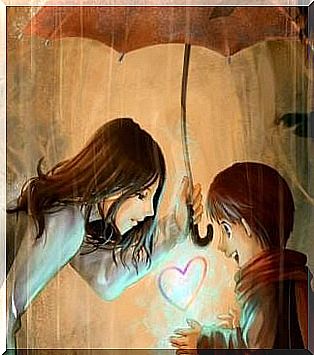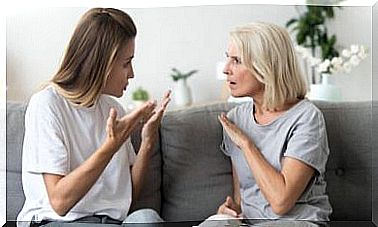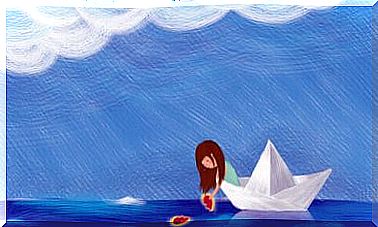6 Steps To Educate In Social Skills

In his day, Benjamin Franklin, without explicitly wanting to do so, spoke to us about the importance of educating in social skills. Can it be better condensed into one sentence?
Putting chairs and tables together in a class is not enough to encourage teamwork. Many children and young people have little notion of how to properly interact with their peers. They simply lack the social skills necessary to do the most basic cooperation or communication tasks. The lack of social skills is probably the factor that contributes the most to poor academic success in group or team work and in relating to colleagues or friends.
Educate in social skills
Fortunately, social skills can be taught and encouraged at home. If a systematic approach is used, such as the following guidelines that we are going to list below, children and young people can learn to interact correctly both at school, in the park, in extracurricular activities or any situation that requires relationship with children or young people of the same or similar age.
Discuss the need for social skills education
Before helping children and youth improve their social skills, they need to understand why they are so important. Your child may have trouble with cooperative learning. You should come up with a list of social skills to promote, along with other suggestions to start practicing.
Currently, social skills are fundamental, not only for socialization, but to function academically and professionally in these increasingly open societies. Societies in which communication and social exchange prevail.
Select a single social skill
When educating yourself in social skills, it is best to start by focusing on one in particular. You can choose the skill as a whole. For example, you can start by fostering the social skill of praising. Select only one skill as a focus.
You can work on a different skill each week, and write them down on a board. Subsequently, it is advisable to see their evolution and adjust it to practice or if the expected result is not achieved.
Teach skill
This step is not as obvious as it sounds. We are only trying to say: “you have to be nice or polite.” Children and young people must be helped to identify exactly what to say and why, in order to positively improve their chosen social skill.
To put this into practice, you can put a board or poster with two different lists: in one part the skill will be placed on top. Then ask your child to come up with ideas of what to do and say to show that social skills have been acquired. In the right column, these ideas put forward by the young people will be noted down. For instance:
- Praise when you like something about your partner, tell him / her
- Encourage and help a colleague or friend to do something that they cannot, etc.
Putting the skill into practice
When social skill has already been discussed, it is necessary to provide an immediate opportunity to put this skill into practice. The best way to do this is to plan a structured, cooperative learning activity to follow the social skills lesson.
For example, if you want to teach your child active listening as a social skill, it is possible to do a question and answer activity in turns, for example. Read a book as a family and ask a series of questions, first to your husband / wife, another to the grandfather and, finally, to your child, and then take turns taking turns. This would be an ideal option, since each person takes a turn answering a question, and everyone must actively listen to give their answer.
Pause and reflect
During the practice of the activity to teach social skills, it is advisable to take a break. Ask your child to think about how well they have been using social skills. As a family, you can comment on how the activity has developed and how well the child or young person has done.
Review and reflect on how to educate in social skills
At the end of the activity, reflect back on how well the social skills were used. You can use a different table with two columns for this, one with a + and a minus sign to put in the headings. (Or sad or smiling face, etc.).
Analyze what ideas have been carried out during the practice of social skills and which ones need more work. This is also a perfect opportunity for the child or young person to write a personal journal and present their reflections.
Finally, it is not necessary to go through all the steps to teach social skills every time you teach a new skill. However, reflection steps are important and should be included as much as possible. Probably the most important elements are direct teaching of the skill followed by a cooperative activity designed for practice of the skill.









